The pivotal points of the
equinoxes and the solstices had moved ahead with *32 precessional days since Roman
times. And it was primarily not Arcturus but Syrma (ι at the
train of Virgo's garment) which had
marked the balance between summer and winter, at least according
to the Arabs:
| |
|
Delta |
δ
Andromedae |
8.4 |
March 29
(88) |
|
1 |
Al Sharatain |
Pair of
Signs |
β Arietis
(Sheratan),
γ (Mesarthim) |
27.4 |
April 17
(107) |
|
2 |
Al Dabarān |
Follower |
α Tauri
(Aldebaran), θ╣, θ▓┤,
γ (Hyadum
I), δ
(Hyadum II), ε (Ain) |
63.4 |
May 23 (143) |
|
3 |
Al Hak'ah |
White Spot |
λ Orionis
(Heka),
φ╣, φ▓ |
83.4 |
June 12
(163) |
|
4 |
Al Han'ah |
Brand |
γ Gemini
(Alhena), μ (Tejat Posterior), ν,
η (Tejat
Prior),
ξ (Alzirr) |
93.4 |
June 22
(173) |
|
5 |
Al Dhirā' |
Forearm |
α Gemini
(Castor),
β (Pollux) |
113.4 |
July 12
(193) |
|
6 |
Al Nathrah |
Gap |
ε Cancri
(Beehive) |
130.4 |
July 29
(210) |
|
7 |
Al Tarf |
End |
ξ Cancri,
λ
Leonis (Alterf) |
143.4 |
Aug 11 (223) |
|
8 |
Al Jabhah |
Forehead |
η Leonis (Al
Jabhah),
α (Regulus),
ζ (Adhafera), γ (Algieba) |
152.4 |
Aug 20 (232) |
|
9 |
Al
Zubrah |
Mane |
δ Leonis
(Zosma),
θ (Coxa) |
169.4 |
Sept 6 (249) |
|
10 |
Al
Sarfah |
Turn |
β Leonis
(Denebola) |
178.3 |
Sept 15
(258) |
|
11 |
Al
┴wwā' |
Barker |
β (Alaraph),
η (Zaniah),
γ (Porrima),
δ (Minelauva), ε Virginis (Vindemiatrix) |
191.5 |
Sept 28
(271) |
|
12 |
Al
Simāk |
Lofty |
α Virginis
(Spica) |
202.7 |
Oct 10 (283) |
|
13 |
Al Ghafr |
Covering |
ι (Syrma),
κ, φ Virginis |
215.6 |
Oct 23 (296) |
|
*AUGUST 14
(*146 = 2 / 5 * 365) |
15 (227) |
16 |
|
'September
24 (84 + 183) |
25 (268) |
26 |
|
October 21
(*214 = *146 + *68) |
22 (295 =
227 + 68) |
23 |
|
Neck-2
(Dragon)
ASELLUS TERTIUS
= κ Bootis,
κ VIRGINIS,
14 Bootis (214.8) |
Al
Ghafr-13 /
Svāti-15 /
TAHUA-TAATA-METUA-TE-TUPU-MAVAE-6
(a pillar to
stand by)
15
Bootis (215.2),
ARCTURUS = α
Bootis
(215.4),
ASELLUS
SECUNDUS
= ι Bootis (215.5),
SYRMA
(Garment's Train) = ι Virginis,
λ Bootis (215.6), η Apodis (215.8) |
ι Lupi, 18
Bootis (216.3),
KHAMBALIA
(Crooked-clawed)
= λ Virginis (216.4), υ Virginis (216.5), ψ Centauri
(216.6), ε Apodis (216.8) |
 |
 |
 |
|
Cb1-5 |
Cb1-6 (398) |
Cb1-7 |
| rutua |
te pahu |
rutua
te maeva |
|
η Arietis (31.9) |
ξ╣ Ceti (32.1) |
θ Arietis (33.3),
MIRA
= ο Ceti (33.7) |
|
*FEBRUARY 12
(408 = 365 + 43) |
13 (*330 =
*147 + *183) |
2-14 (45 =
31 + 14) |
|
'March 24 |
Julian equinox |
26 |
|
April 21
(111 = 43 + 68) |
22 (*32 =
*215 - *183) |
23 |
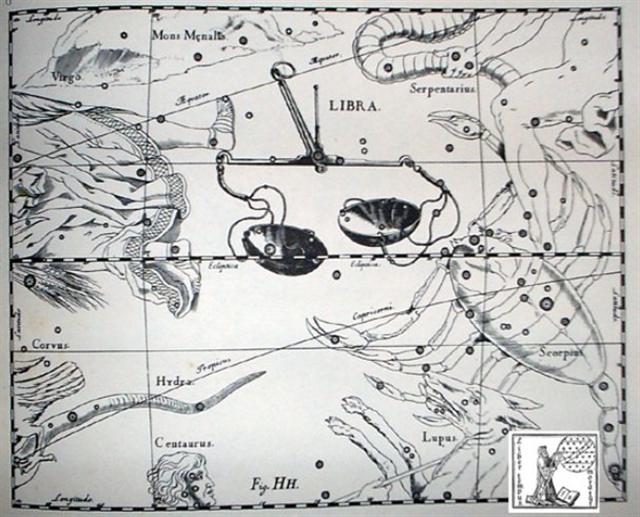
|
*AUGUST 20
(232 = 8 * 29) |
|
'September
30 (*193) |
|
October 27
(300 = 232 + 68) |
|
σ Bootis
(220.2), η Centauri (220.4) |
 |
|
Cb1-11 (403) |
| ka higa
te ao ko te henua ra ma te hoi atua |
|
ν Ceti (37.9) |
|
*FEBRUARY 18 (49 = 7 * 7) |
|
'March
30
(90 = 49 + 41) |
|
April 27
(300 - 183 = 117) |
The bird in Cb1-11 has like the Moan
bird
closed his mouth, he is silent. In Roman times he could have
been at a cardinal point between summer and winter. At the
time of rongorongo he was at day 300 (October 27).
 |
 |
 |
 |
|
1 Pop |
2 Uo |
3 Zip |
4
Zotz (80) |
 |
 |
 |
 |
|
5
Tzek |
6
Xul |
7
Yaxkin |
8
Mol (160) |
 |
 |
 |
 |
|
9
Ch'en |
10
Yax |
11
Sac |
12
Ceh (240) |
 |
 |
200 |
 |
|
13
Mac |
14
Kankin |
15
Moan (300) |
|
BREAK
(paxih) |
 |
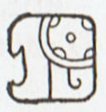 |
 |
 |
|
16 Pax |
17
Kayab |
18 Cumhu |
19
Vayeb
(365) |
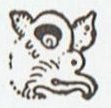
... The third bird
in Madrid is
identified as a king
vulture by Tozzer
and Allen (1910) and
as a crow by
Villacorta
(Villacorta and
Villacorta 1930).
Seler (1909, IV,
556) has also
identified this bird
as a vulture.

However, the
probable identifying
glyph looks like
yax. Quiche
raxon (from
*yax-) is 'blue
dove', or a gray
bird with blue wings.
The fourth bird is
very interesting, as
the glyger which
should correspond to
its name is
identical with that
of the dog (see
below). The bird is
identified as an owl
by Seeler
(1902-1923, IV, 612)
and as a 'Yucatan
screech owl or
Moan-bird' by Tozzer
and Allen (1910).
However, the muan
bird is found as the
eighth bird of this
series, and this
bird lacks the
typical spotted tail
of the muan
bird. Villacorta
calls it a paujil
('guan'), one of the
Cracidae.
Seler and Villacorta
both identify the
fifth bird as an
eagle; the glyph is
like that of the
black vulture of
D17b, which Seler
also identifies as
an eagle, but it
lacks an infix in
the mouth which the
latter has. Perhaps
the Mayas, like the
Aztecs, classed
eagles and vultures
together.
The sixth bird of
Madrid is an
owl, identified by
Seler as the muan
bird, but by Tozzer
and Allen as an
icim owl. The
first glyger above
is apparently that
of the owl, although
Bartel thinks the
second glyph [the
one at top right] is
that of the owl. He
draws attention to
the use of this
glyger in connection
with the muan
owls of D7c and D10a
(personal
communication), but
I believe that the
true glyph of the
muan owl proper
in these cases is
one which might be
read 'Thirteen
Heaven' - it is
worth noting that
the number thirteen
is prefixed to the
muan bird's
head as part of its
glyph on D16c.The
first glyger in
Madrid begins
with Landa's i.
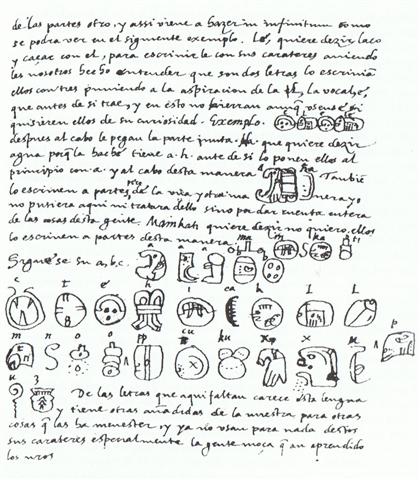
The seventh bird is
a turkey, but the
name glyph, if
present, is
completely different
from the one in
Dresden or
elsewhere in
Madrid.

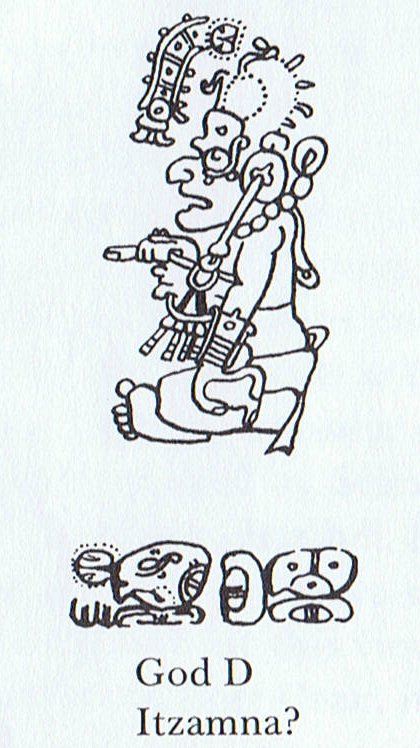
The final bird is
the muan owl,
here called only by
a title that was
normally applied to
God D ...
|
|






























